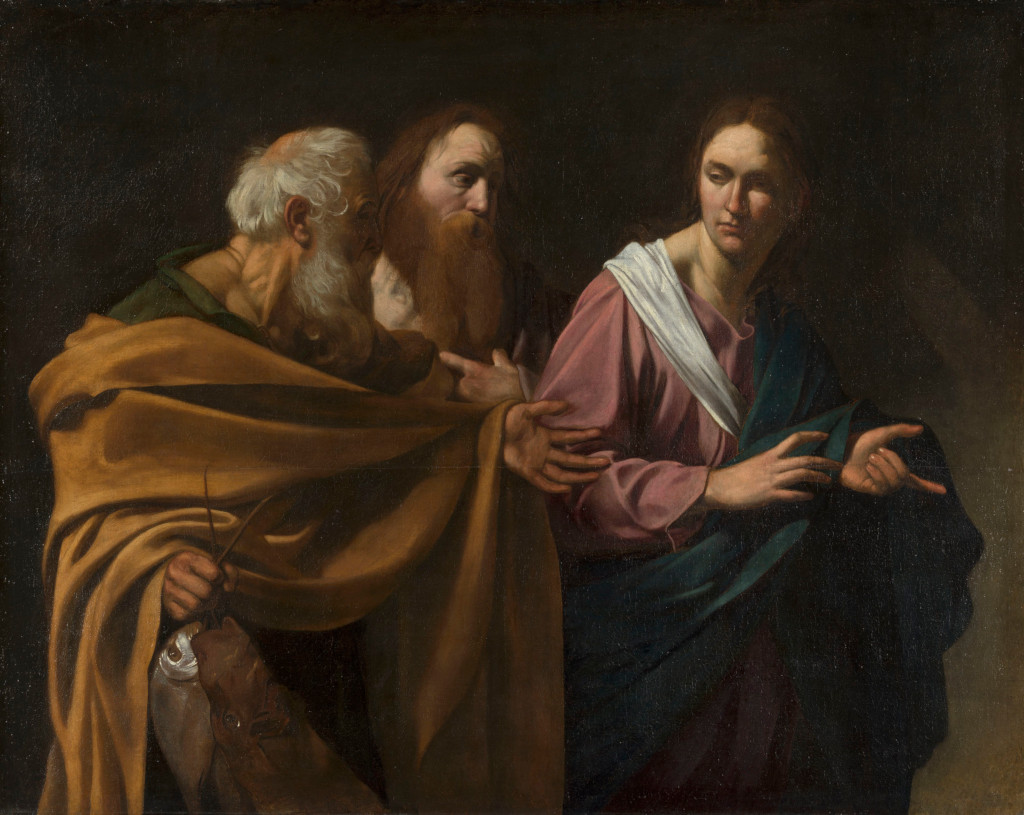A sentiment from Isaiah 33:6 – that is not to be interpreted too literally or “fundamentally…”
* * * *
Welcome to “read the Bible – expand your mind:”
This blog has three main themes. The first is that God will accept anyone. (See John 6:37.) The second is that God wants us all to live lives of abundance. (See John 10:10.) The third is that God wants us to do even greater miracles than Jesus. (See John 14:12.)
And this thought ties them together:
The only way to live live abundantly and do greater miracles than Jesus is to read the Bible with an open mind. For more, see the notes below or – to expand your mind – see the Intro.
In the meantime:
 My last post was on the Bible’s erotic love song – from last year. In it I noted that writing this blog has become simplified. (When necessary.) For example, I can go back and re-visit “this time last year,” as I’ve done recently. Like in Erotic love song, where I went back to February 15, 2017.
My last post was on the Bible’s erotic love song – from last year. In it I noted that writing this blog has become simplified. (When necessary.) For example, I can go back and re-visit “this time last year,” as I’ve done recently. Like in Erotic love song, where I went back to February 15, 2017.
(Which included “Stumpy,” at right, who took the Bible too literally…) And in the footnotes of that post, I said that also about this time last year, I posted On the “creepy” end of Isaiah and The “Overlooked Apostle,” Ruth and Mardi Gras. (Which I said “may be explored in near-future posts.”)
Or you could just call it tweaking previous posts, as in “to adjust” or “fine-tune.”
So anyway, in the post “Creepy” end of Isaiah, I talked about the controversial end of John Steinbeck‘s 1939 novel, Grapes of Wrath. (Where the character “Rose of Sharon” takes pity on a dying old man, “and offers him her breast milk to save him from starvation”):
At the time of publication, Steinbeck’s novel “was a phenomenon on the scale of a national event. It was publicly banned and burned by citizens, it was debated on national talk radio; but above all, it was read.”
 I added that one big reason the novel got banned and burned was its “surprise ending.” Which – as it turned out – was simply a variation on the theme set out in Isaiah 66:10-11:
I added that one big reason the novel got banned and burned was its “surprise ending.” Which – as it turned out – was simply a variation on the theme set out in Isaiah 66:10-11:
Rejoice with Jerusalem, and be glad for her, all you who love her; rejoice with her in joy … that you may nurse and be satisfied from her consoling breast; that you may drink deeply with delight from her glorious bosom.
The point of that post was that the Book of Isaiah has a great reputation. In fact, some have called it “The Fifth Gospel.” But it didn’t earn that reputation by being too conservative. Put another way, the Book of Isaiah – “and indeed the Bible as a whole” – was written and designed to give us all a “rich store of salvation and wisdom and knowledge.” (Thus it is not to be taken too literally, unless of course you’re in boot-camp or simply “sticking to the fundamentals.”)
* * * *
Another post I wrote about around this time last year – March 20, 2017 – was On my “pain in the back.” In it I wrote about tweaking my back, as in “injuring it slightly.” I was training for my upcoming hike on the Camino de Santiago, in Spain, and decided to try a “forced march.” (Also known as a “loaded march.”) So for six miles I hiked-and-ran with a 22-pound weight vest.
To make a long story short – I overextended. There were warning signs of course, like the fact that it hurt to breathe during those minutes I was jogging with the weight vest on.
Unfortunately, I succumbed to the temptation to “Walk it off, Nancy!”
Bad move!
But there was a happy ending. Or more precisely, a New Beginning.
 That is, on September 8, 2017 – the day I flew from Atlanta to Madrid – I posted On a pilgrimage in Spain. Then, on October 25, 2017, “Hola! Buen Camino!” That one marked a Mission Accomplished, and here’s what I wrote about that pilgrimage in Spain:
That is, on September 8, 2017 – the day I flew from Atlanta to Madrid – I posted On a pilgrimage in Spain. Then, on October 25, 2017, “Hola! Buen Camino!” That one marked a Mission Accomplished, and here’s what I wrote about that pilgrimage in Spain:
Well, we did it. My brother and I arrived in Santiago de Compostela on Thursday, October 12. This was after hiking – and biking – the Camino de Santiago… Along the way I occasionally listened to my iPod Shuffle – to help pass the time – and one of my favorite songs was It’s a Long Way to Tipperary. Except in my mind I had to change the words to “It’s a long way to Santiago!”
In other words, in the September 8 post I talked about an upcoming project, and in the October 25 post I celebrated the accomplishment of that projected pilgrimage. But of course that wasn’t the end of the story. Which brings up a good question.
That question is: “How long do I have to keep up with this Christian pilgrimage? How long do I have to keep on reading and studying the Bible, and applying it to my own life?”
To paraphrase the answer from an old Zen master, “Until the day you die!” In other words, the pilgrimage continues. In further words, “It ain’t over ’til it’s over!”
Or to put it a third way, Every day is a new beginning!
Even if you do end up riding your metaphoric bicycle into a ditch every once in a while…
* * * *

* * * *
The upper image is courtesy of Rockefeller Center – Wikipedia. The caption: “The detail over the entrance to 30 Rockefeller Plaza showing the biblical verse Isaiah 33:6.” The quoted translation is from King James Bible: “And wisdom and knowledge shall be the stability of thy times, and strength of salvation: the fear of the LORD is his treasure.”
Also this time last year, I posted On Moses and Paul “dumbing it down” (March 27, 2017), which – along with The “Overlooked Apostle,” Ruth and Mardi Gras – “may be explored in near-future posts.”
Re: The paraphrased answer from an old Zen master: See On Saint Teresa of Avila, which included the following notes on “Deshimaru’s The Zen Way to Martial Arts:”
The full title of the Amazon book is The Zen Way to Martial Arts: A Japanese Master Reveals the Secrets of the Samurai. The quote itself is from the 1991 Arkana Books edition, translated by Nancy Amphoux. Also on page 3, Deshimaru told of a student who asked, “How many years do I have to practice Zazen?” (The meditation technique used by Zen masters.) His answer, “Until the day you die.”
The “Mission Accomplished” image is courtesy of Mission Accomplished | Know Your Meme:
“Mission Accomplished” is a catchphrase … from the infamous banner sign displayed in the background during former President George W. Bush’s 2003 speech onboard USS Abraham Lincoln, where he announced the end of major military combats in Iraq. Already facing global anti-war protests and unstopping insurgency, photographs of President Bush delivering his speech in front of the banner soon became a target of online parodies and symbol of public skepticism towards the Bush administration’s handling of the war.
But see also, George W. Bush Reportedly Sounds Off On Trump: ‘Sorta Makes Me Look Pretty Good.”
Re: “It ain’t over til it’s over.” See Yogi Berra’s ‘It ain’t over ’til it’s over’ true in baseball as in life,” which offers a thoughtful analysis of that and other “Yogi-isms.”
The lower – “bicycle in a ditch” – image is courtesy of Cyclist falls into ditch at opening of new safer bike path …telegraph.co.uk. I used it in the post “Hola! Buen Camino!”
* * * *
As noted in the opening blurb, this blog has three main themes. The first is that God will accept anyone. (John 6:37.) The second is that God wants us to live abundantly. (John 10:10.) The third is that God wants us to do even greater miracles than Jesus did. (John 14:12).
A fourth main theme is that the only way to do all that is read the Bible with an open mind:
…closed-mindedness, or an unwillingness to consider new ideas, can result from the brain’s natural dislike for ambiguity. According to this view, the brain has a “search and destroy” relationship with ambiguity and evidence contradictory to people’s current beliefs tends to make them uncomfortable… Research confirms that belief-discrepant-closed-minded persons have less tolerance for cognitive inconsistency…
So in plain words, this blog takes issue with boot-camp Christians. They’re the Biblical literalists who never go “beyond the fundamentals.” But the Bible can offer so much more than their narrow reading can offer… (Unless you want to stay a Bible buck private all your life…)
Now, about “Boot-camp Christians.” See for example, Conservative Christian – “Career buck private?” The gist of that post is that starting the Bible is like Army Basic Training. You begin by “learning the fundamentals.” But after boot camp, you move on to Advanced Individual Training. ”
Also, and as noted in “Buck private,” I’d previously said the theme of this blog was that if you really want to be all that you can be, you need to go on and explore the “mystical side of Bible reading.*”
 In other words, exploring the mystical side of the Bible helps you “be all that you can be.” See Slogans of the U.S. Army – Wikipedia, re: the recruiting slogan from 1980 to 2001. The related image at left is courtesy of: “toywonders.com/productcart/pc/catalog/aw30.jpg.”
In other words, exploring the mystical side of the Bible helps you “be all that you can be.” See Slogans of the U.S. Army – Wikipedia, re: the recruiting slogan from 1980 to 2001. The related image at left is courtesy of: “toywonders.com/productcart/pc/catalog/aw30.jpg.”
* Re: “mystical.” As originally used, mysticism “referred to the Biblical liturgical, spiritual, and contemplative dimensions of early and medieval Christianity.” See Mysticism – Wikipedia, and the post On originalism. (“That’s what the Bible was originally about!”)
For an explanation of the Daily Office – where “Dorscribe” came from – see What’s a DOR?

 Or I can go back to those lessons that need repeating: Such as Jesus giving a simplified, “
Or I can go back to those lessons that need repeating: Such as Jesus giving a simplified, “ Here’s
Here’s 
 So the “40 days of Lent” are supposed to commemorate the 40 days that Jesus spent “wandering in the wilderness.” (And being “tempted.”) In turn, that act by Jesus mirrored the 40 years that the Hebrews – led by Moses – also spent “wandering around.” But as it’s evolved, most people today equate Lent with “giving up something they love.” Which may miss the point entirely. (See e.g.,
So the “40 days of Lent” are supposed to commemorate the 40 days that Jesus spent “wandering in the wilderness.” (And being “tempted.”) In turn, that act by Jesus mirrored the 40 years that the Hebrews – led by Moses – also spent “wandering around.” But as it’s evolved, most people today equate Lent with “giving up something they love.” Which may miss the point entirely. (See e.g.,  Which turned out to be pretty
Which turned out to be pretty 

 I was reading the
I was reading the 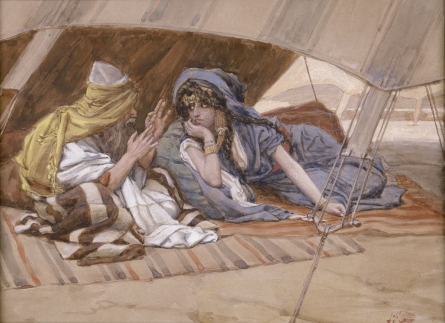 That’s according to
That’s according to  See
See 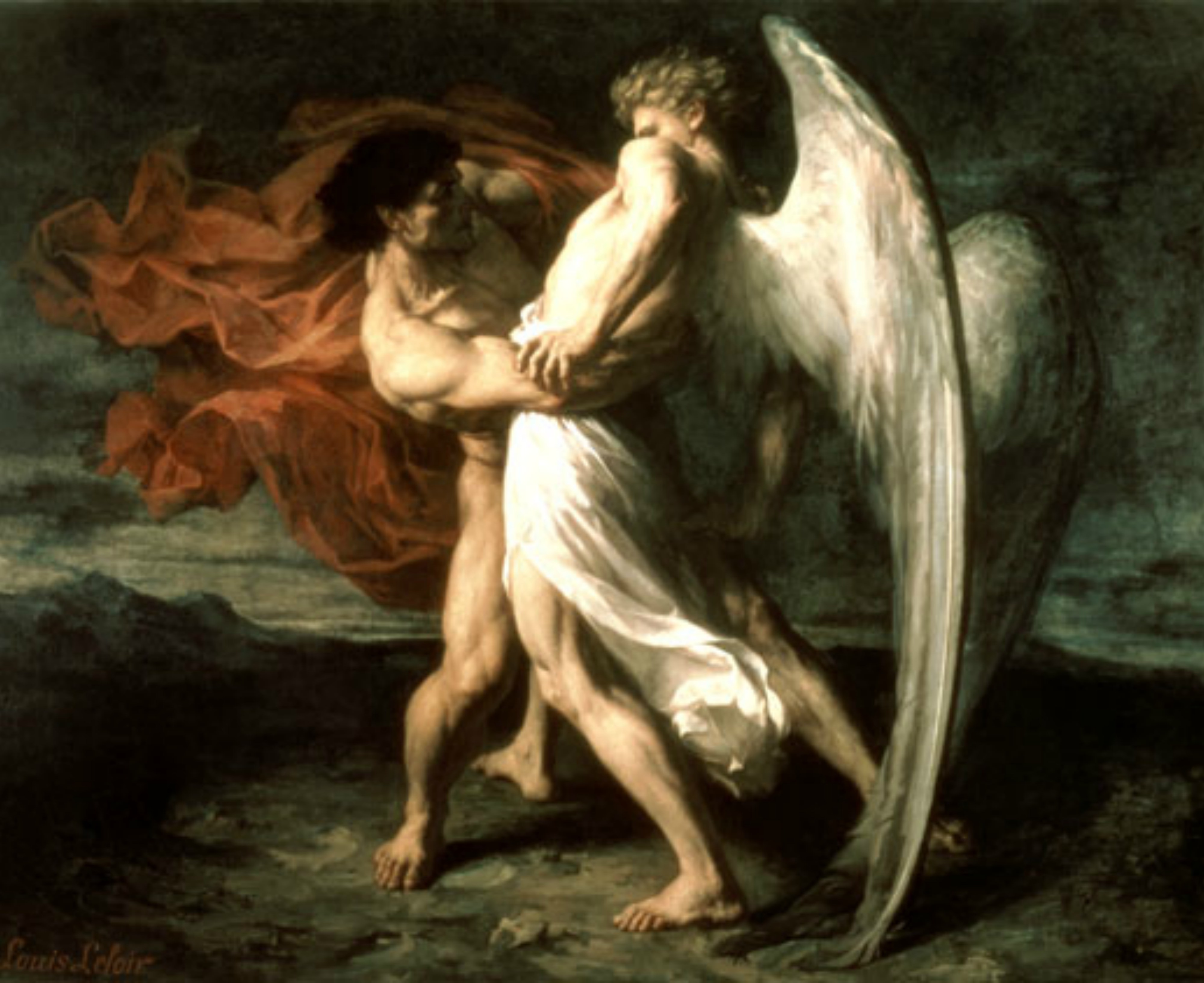

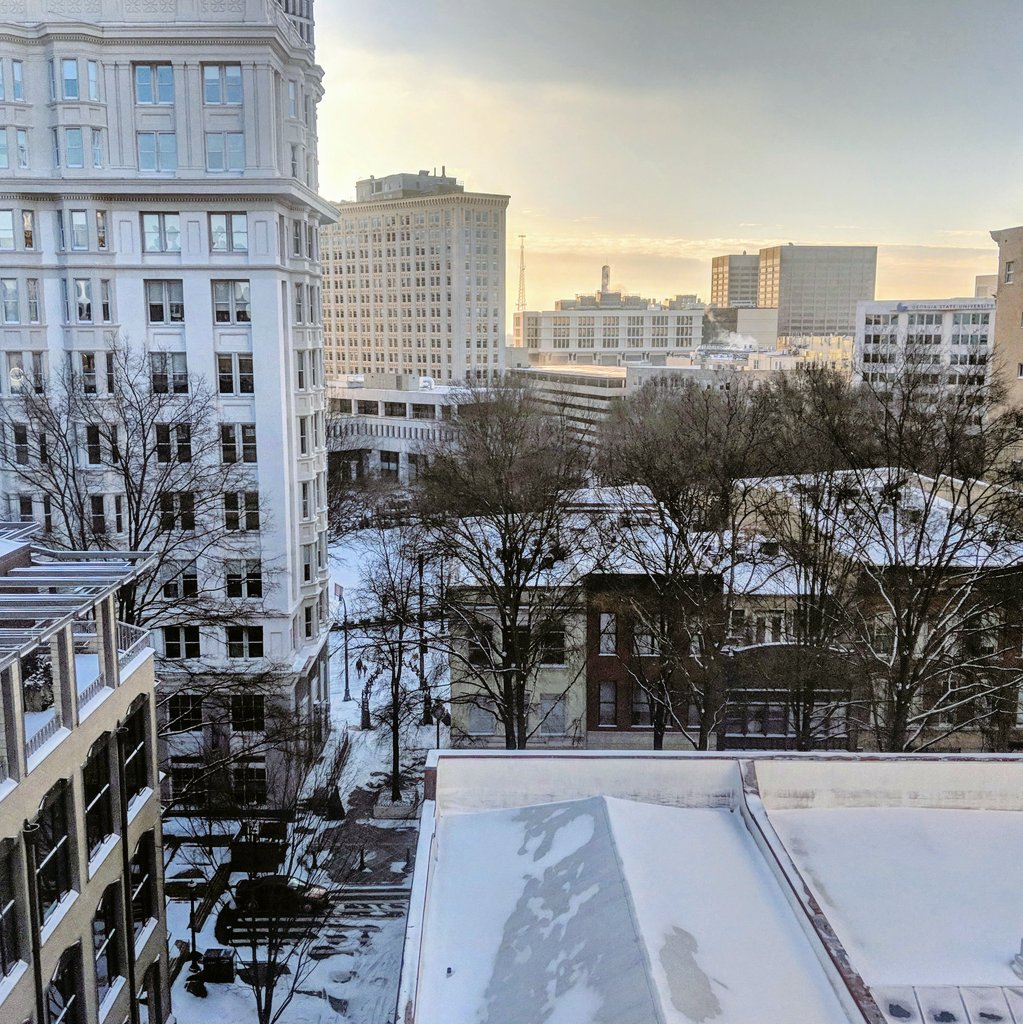 It’s Wednesday, January 17, 2017, and
It’s Wednesday, January 17, 2017, and  In that he was not unlike Supreme Court justice
In that he was not unlike Supreme Court justice  Or as has been said before, the job of both reporters and real Christians is
Or as has been said before, the job of both reporters and real Christians is  For another look at the link between reporters and real Christians, see the original “
For another look at the link between reporters and real Christians, see the original “

 Saturday, January 6 , is the
Saturday, January 6 , is the 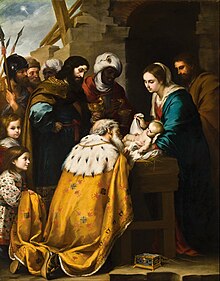 But back to the
But back to the  For more on the
For more on the 

 Just in case you were wondering, Christmas is not just one day, it’s a whole season. Not a long season, just
Just in case you were wondering, Christmas is not just one day, it’s a whole season. Not a long season, just  But naturally that’s not how we celebrate New Year’s Day in the
But naturally that’s not how we celebrate New Year’s Day in the  For more on the upcoming seasons of the church, see
For more on the upcoming seasons of the church, see 
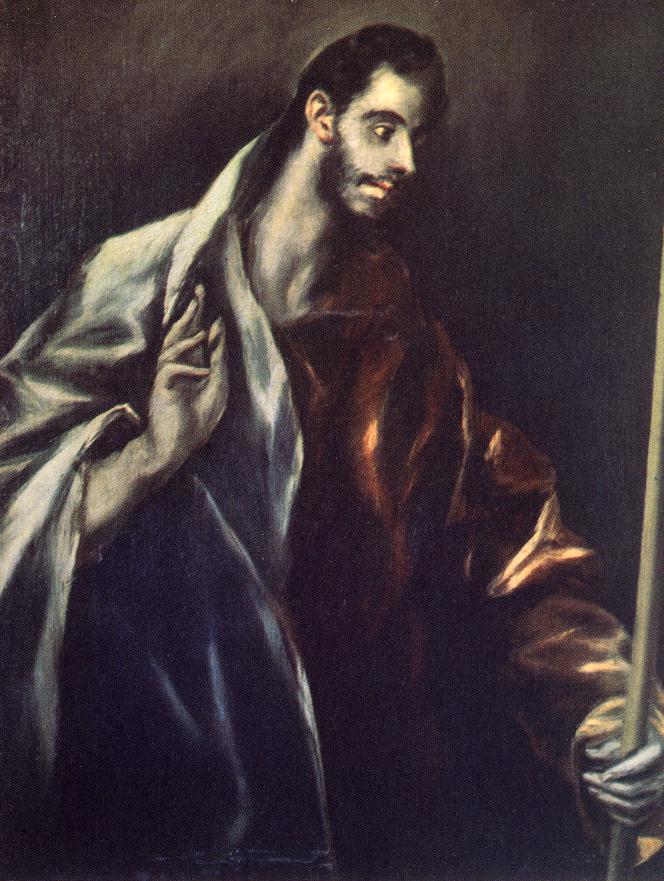
 The year 2017 is rapidly drawing to a close. At the same time, Christmas is only a few days away. But first comes the
The year 2017 is rapidly drawing to a close. At the same time, Christmas is only a few days away. But first comes the 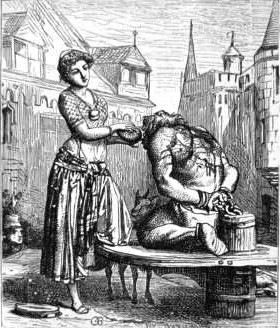 That Doubting Thomas Sunday – in Easter – is so called because it always features the Gospel reading from
That Doubting Thomas Sunday – in Easter – is so called because it always features the Gospel reading from 

 Aside from the ongoing
Aside from the ongoing 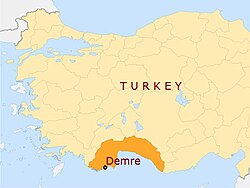 Incidentally, the three innocent men had been sentenced to death by the ruler of Myra – today’s city of
Incidentally, the three innocent men had been sentenced to death by the ruler of Myra – today’s city of 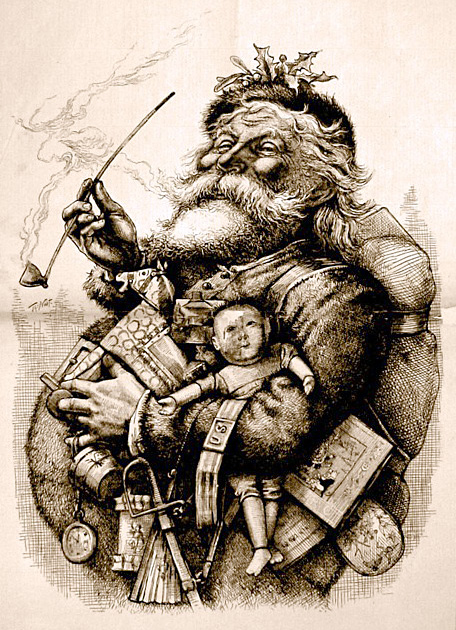 Another story was more gruesome, but also had a happy ending. During a time of famine, a butcher “lured three little children into his house, where he killed them, placing their remains in a barrel to cure, planning to sell them off as ham.” But Nicholas of Myra both “saw through the butcher’s horrific crime” and resurrected the three children from the barrel.
Another story was more gruesome, but also had a happy ending. During a time of famine, a butcher “lured three little children into his house, where he killed them, placing their remains in a barrel to cure, planning to sell them off as ham.” But Nicholas of Myra both “saw through the butcher’s horrific crime” and resurrected the three children from the barrel.
 Which brings up that
Which brings up that  And which brings us back to St. Andrew. As noted in
And which brings us back to St. Andrew. As noted in  Andrew chose that method – according to tradition – because he “deemed himself unworthy to be crucified on the same type of cross as Jesus had been.” And that x-shaped cross – a
Andrew chose that method – according to tradition – because he “deemed himself unworthy to be crucified on the same type of cross as Jesus had been.” And that x-shaped cross – a  The short answer is yes they did, but they certainly didn’t end up secure and prosperous. They ended up with something far more precious, despite their gruesome deaths See
The short answer is yes they did, but they certainly didn’t end up secure and prosperous. They ended up with something far more precious, despite their gruesome deaths See  The point is that mixing up the worship of God and Mammon has been around since the time of Jesus.
The point is that mixing up the worship of God and Mammon has been around since the time of Jesus.